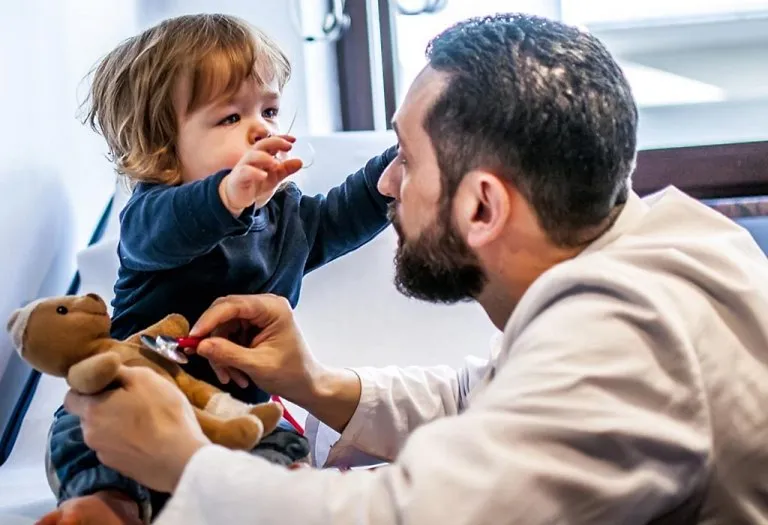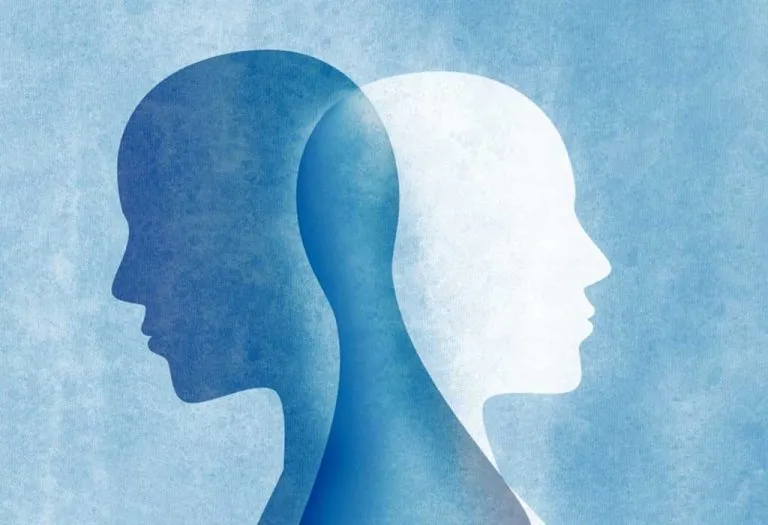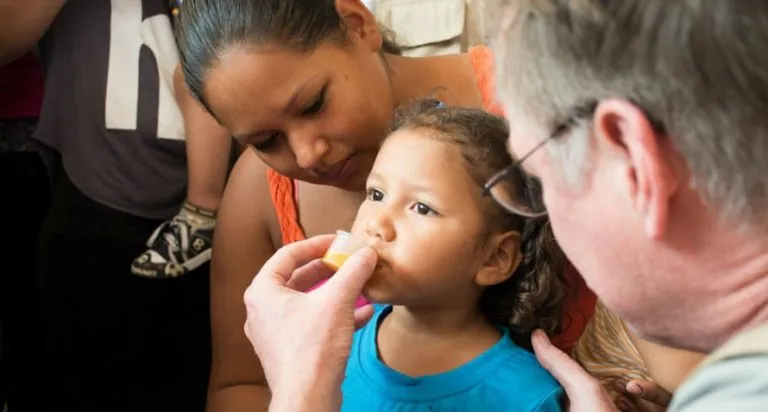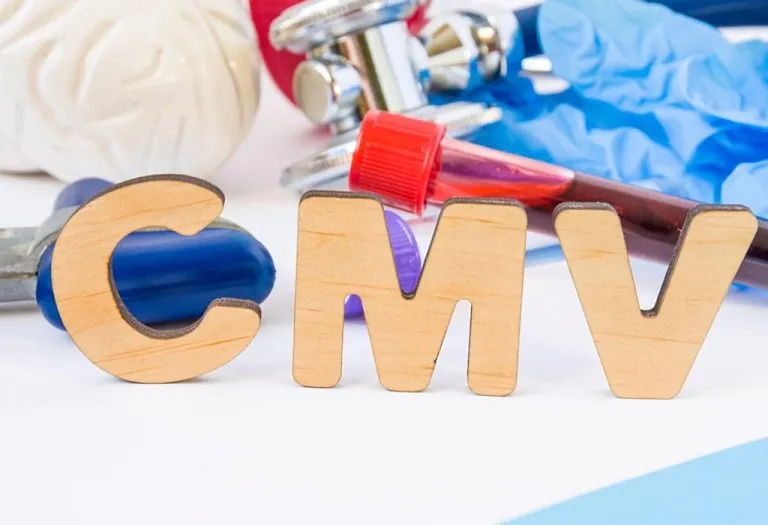Dwarfism in Children – Causes, Complications and Treatments

- What Is Dwarfism?
- How Common It Is?
- Different Dwarfism Types
- Causes of Dwarfism in Kids
- Symptoms of Dwarfism
- How to Diagnose Dwarfism?
- What Are the Possible Complications Associated With Dwarfism?
- How to Treat Dwarfism in Children?
- How Should Parents Help a Dwarf Child?
- When to See a Doctor?
- What Questions You Should Ask to Your Doctor?
- FAQs
What does it mean to be a dwarf? According to the advocacy groups Little People of the World Organization (LPOTW) and Little People of America (LPA), dwarfism is a short stature if an adult gains a height of 4 feet 10 inches or under due to genetic or medical reasons (1). Since dwarfism is a genetic condition, it cannot be prevented. The problem with this condition is that it will not be obvious or visible until the person attains a particular age. However, there are certain things you can do to improve the condition of your child if the condition is medical. Dwarfism can be a stressful part of life for a dwarf child while growing up. Therefore, it is imperative for parents to deal with children growing through this with delicateness and consult a paediatrician for customised guidance.
What Is Dwarfism?
According to the Cleveland Clinic, dwarfism is a condition called skeletal dysplasia, in which a child does not grow up to the height of an average human and remains shorter than the height of 4’10’’. In this condition, the bone or cartilage growth is affected, ultimately impacting the size of an individual’s legs, arms, head, and abdomen (2). The condition is genetic, so preventing it is not possible. Dwarfism or short stature is defined as a height ≥2 standard deviations below the mean for the age and sex of a child (or less than the 3rd percentile). People affected by this condition have an average height of 4 feet. Usually, ‘little person’ or ‘short stature’ is preferred to refer to these people instead of ‘dwarf’.
How Common It Is?
According to Nemours KidsHealth and MedlinePlus, Achondroplasia is the most common type of dwarfism, accounting for one in 25,000 to 40,000 people of all races and ethnic groups. The condition makes the arms and legs short in comparison to a relatively longer trunk (3) (4).
Different Dwarfism Types
Dwarfism can be generally divided into two types, which are as follows:
1. Proportionate Dwarfism
This type of dwarfism usually occurs in children due to hormone deficiency. According to the Mayo Clinic, the body parts of the child are proportionate to each other, which means that the child will look normal except for his short stature (5). His head and limbs will be in the right proportion. Proportionate dwarfism can be treated using hormone injections in a regular and controlled manner, as it occurs due to hormone deficiency.
2. Disproportionate Dwarfism
Disproportionate dwarfism is a common type of dwarfism and is visible as the body parts are not proportionate to each other. In most cases, dwarfism is a result of a condition called achondroplasia. This results in the length of the limbs being markedly shorter, but the length of the trunk is not affected much (6). Therefore, it is easily visible to the child. The head of the affected child is also much larger compared to his body.
Causes of Dwarfism in Kids
There are many causes of dwarfism in kids, of which a few are mentioned below (7):
1. Achondroplasia
As mentioned above, achondroplasia is a condition that occurs as a result of genetic abnormalities in children. Around 80% of the children affected by this disorder may exhibit dwarfism, so it can be said that this condition causes dwarfism in children. There is one unaffected and one mutated gene associated with this condition, which is the most common reason for dwarfism in children. The condition generally affects the bones of the legs and arms (8).
2. Chromosomal Abnormalities
Genetic abnormality is characterised by faulty chromosomes, and cannot be prevented in any manner. Dwarfism is one such abnormality, where the parents may have two normal genes, but the baby may end up with a short stature anyway.
3. Turner Syndrome
A leading cause of dwarfism in females occurs as a result of the child missing part of an X chromosome, which she is supposed to be receiving. While males have X and Y chromosomes, females have two X chromosomes; missing an X entirely or even partially can result in dwarfism in the child.
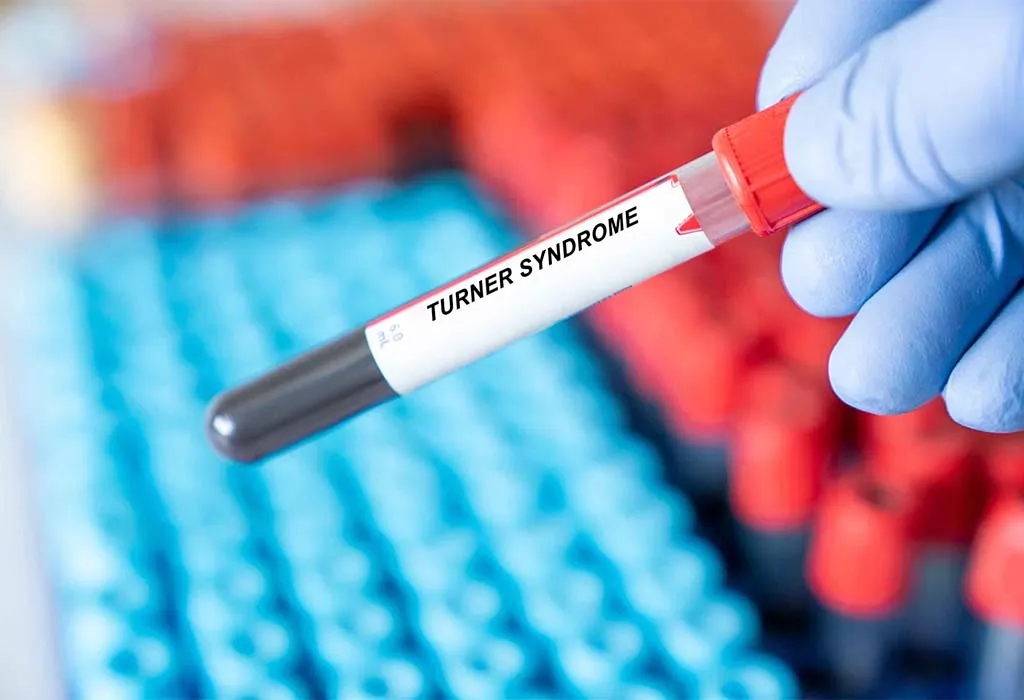
4. Growth Hormone Deficiency
Children who have dwarfism due to growth hormone deficiency exhibit proportionate dwarfism, which means that the child will not have a large torso or head compared to the rest of his body; he will just look like he is small in terms of stature. This dwarfism can be combated with hormone injections regularly while growing up, but the reasons as to why it occurs have not been found yet.
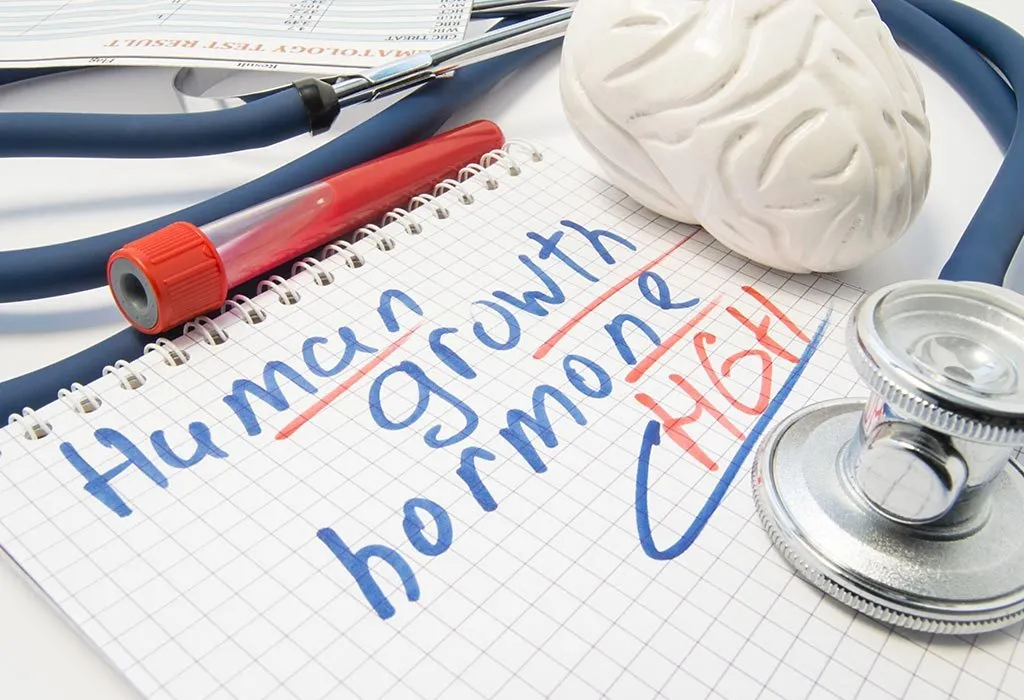
5. Hypothyroidism
The thyroid gland helps regulate growth hormones, so if it does not produce enough hormones from a young age, the result can be dwarfism in the baby. This type of dwarfism comes with a few symptoms, like low energy, puffy facial features and cognitive problems in the child.

6. Intrauterine Growth Retardation
Another common cause of proportionate dwarfism in children occurs in the womb of the mother. The baby may grow up for the full term in the womb but is smaller than the average size.
Symptoms of Dwarfism
There are a few signs of dwarfism in babies, which can give you an idea as to whether your child is affected by this condition or not.
- The limbs are considerably shorter and disproportionate.
- Elbows have limited mobility.
- Fingers are short.
- There is a wide separation between the ring and middle finger.
- The legs are bowed.
- Lower back develops to be swayed.
- The head is disproportionately large compared to the body.
- The forehead is also large.
- The nose is flattened at the bridge.
- There are deformities in the hip of the child.
- The foot has a twisted appearance.
- Cheekbones are flattened.
- The neck is short.
- The spine is curved near the shoulders, resulting in hunching.
- The growth rate is slow.
- Sexual development is delayed.
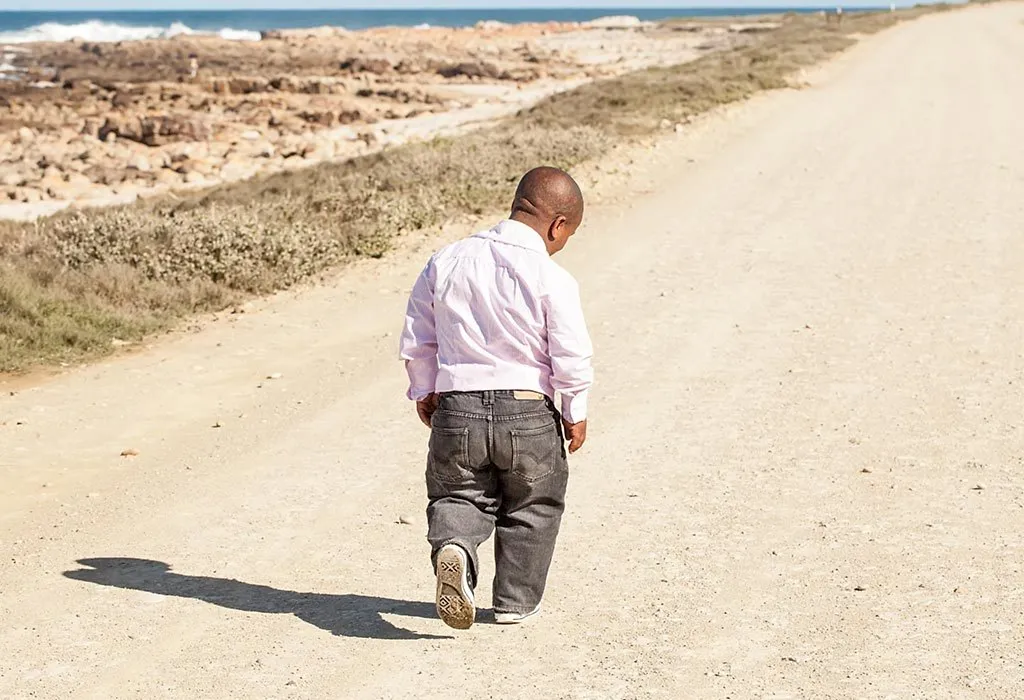
How to Diagnose Dwarfism?
Diagnosis of dwarfism in the child can be done right at the time of birth, or even through ultrasonography during pregnancy. A few symptoms that give it away include protruding jaw and teeth, which are not aligned and there is a curvature in the shape of the spine.
In the case of dwarfism due to lack of growth hormones, it will not be visible to the child until he is around 2 to 3 years of age. Some other giveaway symptoms of this condition include reduced immunity and delayed motor skills in the child. Intelligence can also be impaired, and the baby may even walk with a slight gait.
What Are the Possible Complications Associated With Dwarfism?
Sometimes, there are a few complications associated with dwarfism, which are as follows:
- Arthritis
- Bowed legs
- Spinal Stenosis (pressure on the spinal cord)
- The spinal pressure at the base of the skull
- Excess brain fluid
- Delay in the development of motor skills
- Sleep apnea
- Weight gain placing stress on the joints
How to Treat Dwarfism in Children?
While there is no cure or prevention for dwarfism, there are a few things that parents can do in order to improve the condition of their children.
1. Orthotic Treatment
Using physical therapy and orthotics (custom devices which help you improve the function and balance of the foot), you can reduce the pain your child has to go through in order to move. Most of the pain can be reduced with the help of therapy.
2. Hormone Therapy
This helps if the cause of dwarfism is the lack of growth hormones. The child may not be completely cured of the abnormality, but he can grow up close to the average height with the help of regular hormone injections from a young age.
3. Surgical Options
Surgery can also help correct a range of problems in the child, including the direction of bone growth, pressure on the base of the skull and also on the spinal cord, and even pressure on the brain due to excess cerebrospinal fluid.
How Should Parents Help a Dwarf Child?
There are ways that, as parents, you should try to help a dwarf child grow up normally, in spite of the condition.
- Teach your child to be not affected by the negative reactions of people around him.
- Encourage him to have self-esteem and make him understand that he is no different from anyone out there.
- Teach him to enjoy life to the fullest, even if he is affected by this condition.
- Tell him that even after having a short stature, his success levels won’t be affected.
- Appreciate him for the things he does well.
- Lastly, love your baby, no matter what.
When to See a Doctor?
Disproportionate dwarfism is typically noticeable at birth or during the early years of infancy. Proportionate dwarfism, on the other hand, might not be immediately evident. If you suspect the signs of dwarfism in your child and have concerns about your child’s growth and development, it is wise to consult a doctor without any delay.
What Questions You Should Ask to Your Doctor?
Below are some questions you can ask your doctor when you get a consultation for dwarfism:
- How often does my child need to take growth hormones? Is it safe in the long run?
- Is surgery the only way to treat their symptoms?
- Are there any side effects to the treatment you suggested?
- How can I help my child prevent ear infections?
- How can I support my child mentally?
FAQs
1. What is the average life expectancy of individuals with dwarfism?
Life expectancy for individuals with dwarfism varies. Many forms allow for a normal lifespan with proper symptom management, while others may result in a shorter life expectancy.
2. Is dwarfism referred to as a disability?
There are several different opinions within the dwarf community when it comes to referring to dwarfism as a disability. Little People of America (LPA), on the other hand, considers dwarfism a disability. In fact, dwarfism is a recognised condition under the Americans with Disabilities Act (9).
3. What is a midget?
Originating in 1865 during the ‘freak show’ era, the term ‘midget’ was once used to describe proportionate dwarfs. This is considered offensive today (1). The term was used as a public embarrassment for individuals with dwarfism, which contributes to its negative connotation today. Since this is an offensive term, even today, people can use appropriate terms to refer to people of short stature, like ‘little person,’ ‘dwarf baby,’ or ‘dwarf.’
4. Can average-sized couples become parents to children with dwarfism?
Interestingly, yes, people of average height can become parents of newborns with dwarfism. In fact, around 80% of children with dwarfism have average-height parents and siblings.
Dwarfism is hard to live with, as it is easily evident from a young age. Parents need to support their children so that they grow up proudly and with no confidence issues. Remember that dwarfism is not something that can affect the way your child thinks and does things, so always love him for what he is.
References/Resources:
1. Frequently Asked Questions; Little People of America; https://www.lpaonline.org/faq-
2. Dwarfism (Skeletal Dysplasia) and Other Causes of Short Stature; Cleveland Clinic; https://my.clevelandclinic.org/health/diseases/17862-skeletal-dysplasia-dwarfism-and-other-causes-of-short-stature
3. Dwarfsim; Nemours KidsHeatlth; https://kidshealth.org/en/parents/dwarfism.html
4. Dwarfism; MedlinePlus; https://medlineplus.gov/dwarfism.html
5. Dwarfism; Mayo Clinic; https://www.mayoclinic.org/diseases-conditions/dwarfism/symptoms-causes/syc-20371969
6. Pauli. R. M; Achondroplasia: a comprehensive clinical review; Orphanet Journal of Rare Diseases; https://ojrd.biomedcentral.com/articles/10.1186/s13023-018-0972-6; January 2019
7. Dwarfism Types & Diagnoses; Little People of America; https://lpamrs.memberclicks.net/dwarfism-types
8. Achondroplasia; MedlinePlus; https://medlineplus.gov/genetics/condition/achondroplasia/
9. LPA Defining Disability.pdf; Little People of America; https://www.lpaonline.org/assets/documents/LPA%20Defining%20Disability.pdf
Also Read:
Kawasaki Disease in Kids
Malnutrition In Children
Conduct Disorder In Kids
Mental Disorders in Children
Was This Article Helpful?
Parenting is a huge responsibility, for you as a caregiver, but also for us as a parenting content platform. We understand that and take our responsibility of creating credible content seriously. FirstCry Parenting articles are written and published only after extensive research using factually sound references to deliver quality content that is accurate, validated by experts, and completely reliable. To understand how we go about creating content that is credible, read our editorial policy here.







